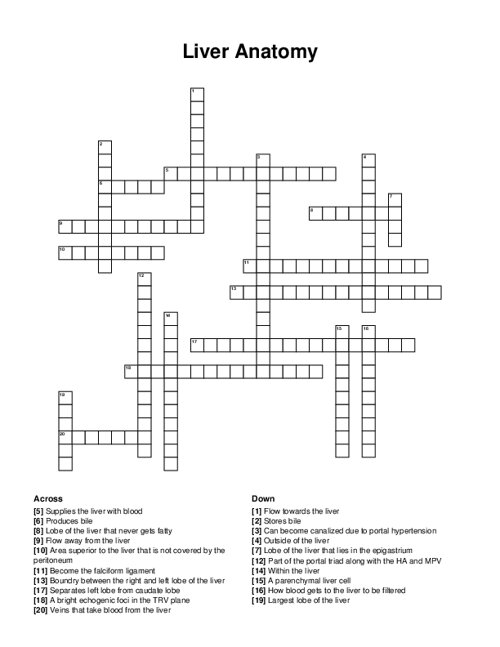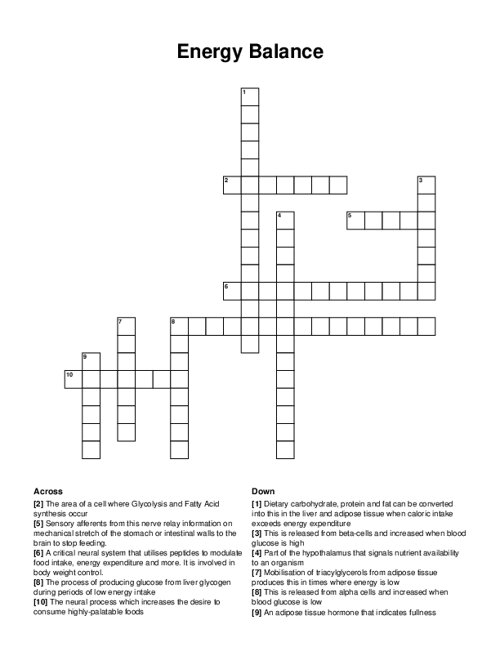DNA Nature & Replication Crossword Puzzle
Download and print this DNA Nature & Replication crossword puzzle.
Related puzzles:
QUESTIONS LIST:
- nucleotides: these basic units of nuclei acids are composed of a pentose sugar, a phosphate group and a nitrogenous base.
- pyrimidines: cytosine, thymine and uracil belong to this group.
- purines: adenine and guanine belong to this group.
- complementary: this describes the nitrogenous base pairs: a–t & g–c.
- two: adenine and thymine join with this number of hydrogen bonds.
- three: cytosine and guanine join with this number of hydrogen bonds.
- double helix: this describes the structural form of dna.
- chromosomes: there are 46 (23 pairs) of these in every human body cell.
- self-replication: dna is capable of this.
- hereditary: dna stores this kind of information.
- controls: dna indirectly does this for the functioning of all living things.
- phenotypic: this describes a physical trait that is coded for by a gene(s).
- genotypic: this describes the genetic make-up that codes for specific physical traits.
- allele: this is a variation or option for a gene.
- gene pool: this is (collectively) all the genes of an interbreeding group (species).
- dna helicases: these enzymes are involved in the first stage of dna replication.
- unzipping: this is the first stage of dna replication.
- complementary base: this pairing process is the second stage of dna replication.
- template: each old strand of nucleotides serves as this for the making of each new dna strand.
- dna polymerases: these enzymes are involved in the final stage of dna replication.
- adjacent nucleotides: these join together in the final stage of dna replication.
- sugar-phosphate: this backbone results when covalent bonds form between the sugar and phosphates of adjacent nucleotides.
- semi-conservative: when dna replication is complete, each new dna strand contains an original parent strand and a new strand. what is this type of replication called?
- dna: this is the genetic material of a cell.
- histones: each dna chromatid coils around these protein nodules as a cell begins its division process.





